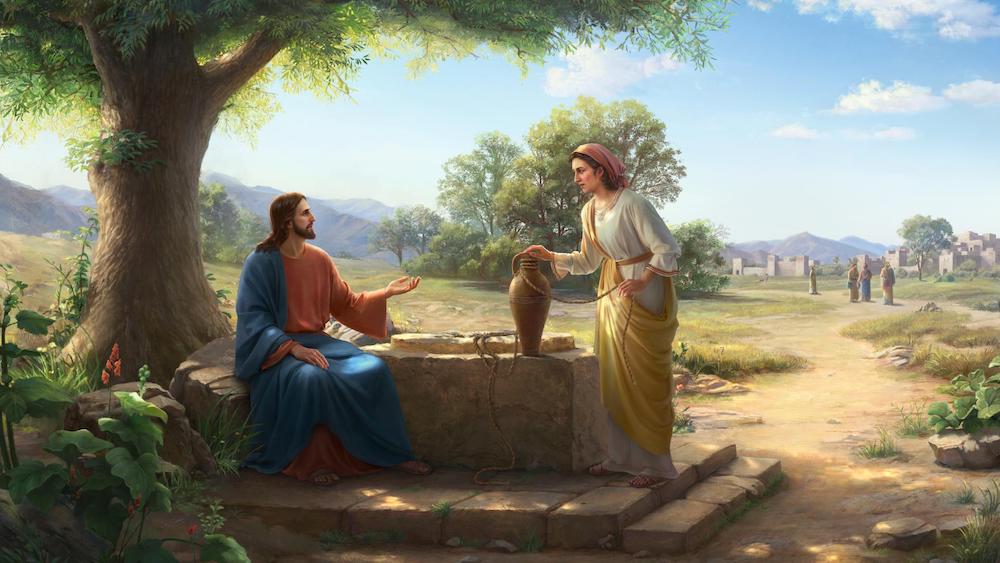In the beginning was the Word
What does it mean that the Word was in the beginning (John 1:1)?
John 1:1 says, “In the beginning was the Word, and the Word was with God, and the Word was God.” The Gospel of John begins much like Genesis, the “book of beginnings.” The account of creation in Genesis begins with the phrase In the beginning (Genesis 1:1), which is translated from the Hebrew word bereshit. In the Septuagint (the Greek Old Testament), which shares the same language as the Gospel of John, the words used in Genesis 1:1a are identical with John 1:1a: en arche, or “in the beginning.”
“In the beginning was the Word” (John 1:1). To the audience receiving the gospel, John’s intentions in this statement would be clear—“the Word” is connected with the God of Israel, the Creator of all things. John further explains this idea two verses later in John 1:3, “All things came into being through Him, and apart from Him nothing came into being that has come into being” (NASB). “The Word” is the sole means by which reality finds its existence—He is the Creator of all things, and without Him no created thing would exist. Before anything was created, “the Word” existed.
“The Word” is used within the first chapter of John four times. The context for each occurrence is used to
- describe the eternality of “the Word” (1:1a)
- describe the distinction of “the Word” from God (1:1b)
- describe the identity of “the Word” as God (1:1c)
- identify the person described by the phrase the Word (1:14)
Jesus Christ is “the Word” that was in the beginning (see John 1:14–18). “Word” comes from the Greek term logos. Logos would have been a familiar concept for both the Jews (Psalm 33:6) and the Greeks. The Jew would understand the word of God to point to creative and communicative acts of their personal God. Greek philosophers utilized the concept to identify the reason, thinking, or mind of divine authority as words were utilized to explain the thinking of the one using them. To both potential groups receiving John’s writing, the emphasis on the object behind “the Word” was clear.
Interestingly, John utilizes Logos in the first verse of his prologue (John 1:1–18) while explaining it in the last verse of the prologue. Much like Paul explains Jesus as revelatory (Hebrews 1:1–3; Colossians 1:15–20), John shows that Jesus is the complete revelation of God when he states, “He [Jesus] has explained Him [the Father]” (John 1:18, NASB).
“The Word” also finds connection with the Hebrew word dabar, which means “word, matter, word of God.” This Hebrew word, in connection with God’s name, Yahweh, appears 261 times in the Hebrew Old Testament and is translated most typically as “the word of the Lord.” The repeated usage of the phrase establishes a foundational connection between God and His personal interaction with His creation. Not only was everything created through the use of words (Genesis 1:3, 6, 9, 11, 14, 20, 24, 26), but God continues to interact with that creation through the use of words (2 Timothy 3:16–17) and the Word (John 14:6).
The statement “In the beginning was the Word” encapsulates the eternality of the Word, the creating power of the Word, and the revelatory nature of the Word. As John later defines the Word as being Jesus (John 1:14–18), the purpose of the Gospel of John becomes clear—“that you may believe that Jesus is the Messiah, the Son of God, and that by believing you may have life in his name” (John 20:31). Jesus is the revelatory and actual eternal Creator—the object of the Christian’s faith. He is not simply a representation of God, but He is God, and He has always been so: “In the beginning was the Word.” The remaining chapters of the Gospel of John endeavor to show this statement to be true.
